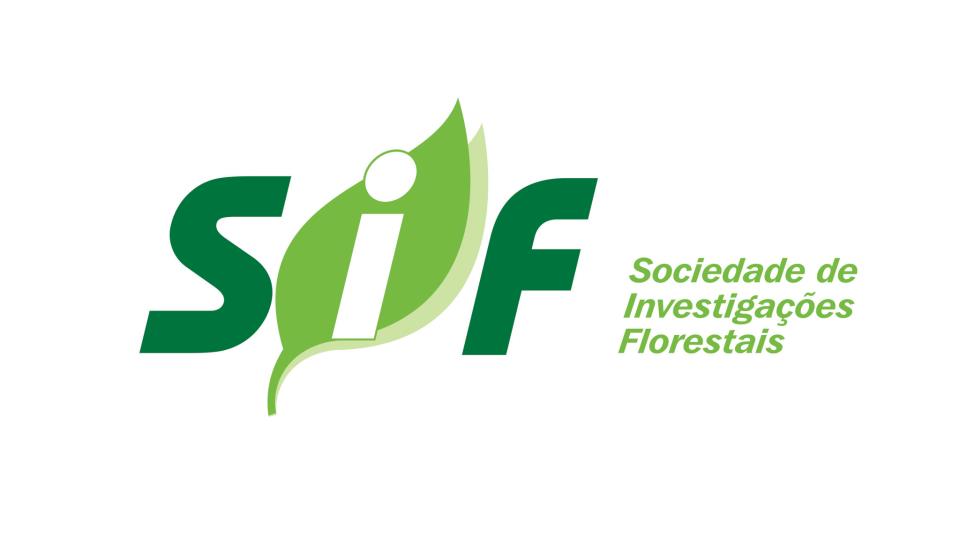Biblioteca Florestal
Digital
Digital
Avaliação do real potencial inibidor de extratos etanólicos de Ottonia martiana sobre Cylindrocladium spathulatum e Botrytis cinerea

JavaScript is disabled for your browser. Some features of this site may not work without it.
| dc.contributor.author | Cunico, Miriam Machado | |
| dc.contributor.author | Auer, Celso Garcia | |
| dc.contributor.author | Cunico, Marlon Wesley Machado | |
| dc.contributor.author | Miguel, Obdulio Gomes | |
| dc.contributor.author | Peralta-Zamora, Patrício Alberto | |
| dc.contributor.author | Sanquetta, Carlos Roberto | |
| dc.date.accessioned | 2015-08-17T17:49:12Z | |
| dc.date.available | 2015-08-17T17:49:12Z | |
| dc.date.issued | 2013-04 | |
| dc.identifier.citation | CUNICO, M. M. et al. Avaliação do real potencial inibidor de extratos etanólicos de Ottonia martiana sobre Cylindrocladium spathulatum e Botrytis cinerea. Floresta, Curitiba, v. 43, n. 2, p. 225-230, abr./jun. 2013. | pt_BR |
| dc.identifier.issn | 1982-4688 | |
| dc.identifier.uri | http://www.bibliotecaflorestal.ufv.br:80/handle/123456789/14862 | |
| dc.description.abstract | Extratos etanólicos de anestesia, Ottonia martiana Miq., foram reavaliados quanto à inibição do crescimento micelial dos fungos Cylindrocladium spathulatum (pinta-preta da erva-mate) e Botrytis cinerea (mofo-cinzento do eucalipto), por meio do planejamento fatorial. A ocorrência de decomposição de bioativos no processo de autoclavagem também foi investigada, por meio de teste de eficiência de extratos filtrados (filtro Millipore) e esterilizados (autoclave) no controle dos fitopatógenos, nas concentrações de 1, 10, 100 e 1000 ppm. Os extratos etanólicos filtrado e esterilizado inibiram o crescimento micelial dos fungos e foram mais ativos frente a B. cinerea. O extrato filtrado exibiu maior potencial antifúngico que o extrato esterilizado. O processo de esterilização por autoclavagem causou pequena decomposição dos bioativos presentes no extrato de anestesia. | pt_BR |
| dc.description.abstract | The antifungal potential of anestesia, Ottonia martiana Miq. was reassessed by factorial design, in vitro testing of fungal mycelial growth compared to the pathogenic isolates Cylindrocladium spathulatum, causal agent of black spot on yerba mate, and Botrytis cinerea causal agent of gray-mold on eucalypts. Occurrence of decomposition of bioactive of the autoclaving process was investigated using foliar detached test compared to the pathogens (1000 ppm). Ethanolic extracts - EBEtOH (filtered and autoclaved) inhibited the mycelial growth of C. spathulatum and B. cinerea (1000 ppm) and were more pronounced against B. cinerea (43.6 % and 68.9 %). EBEtOH filtered (0.22 μm) presented higher activity than EBEtOH autoclaved (C. spathulatum: 52.8 % and 43.6 %, B. cinerea: 68.9 % and 43.6 %), suggesting little decomposition of bioactive after autoclaving. EBEtOH filtrate presented potential inhibition of 28 % in eucalypt leaves against B. cinerea. | pt_BR |
| dc.format | 6 páginas | pt_BR |
| dc.language.iso | pt_BR | pt_BR |
| dc.publisher | Fundação de Pesquisas Florestais do Paraná | pt_BR |
| dc.relation.ispartofseries | Floresta:v.43,n.2; | |
| dc.subject.classification | Ciências Florestais::Silvicultura::Proteção florestal: pragas e doenças | pt_BR |
| dc.title | Avaliação do real potencial inibidor de extratos etanólicos de Ottonia martiana sobre Cylindrocladium spathulatum e Botrytis cinerea | pt_BR |
| dc.title | Fungitoxic potential of ethanolic extracts of anestesia in the control of phytopathogenic diseases | pt_BR |
| dc.type | Artigo | pt_BR |
Arquivos deste item
| Arquivos | Tamanho | Formato | Visualização | |
|---|---|---|---|---|
| Revista_Floresta_v43_n2_p225-230_2013.pdf | 179.3Kb |

|
Visualizar/ |
|





